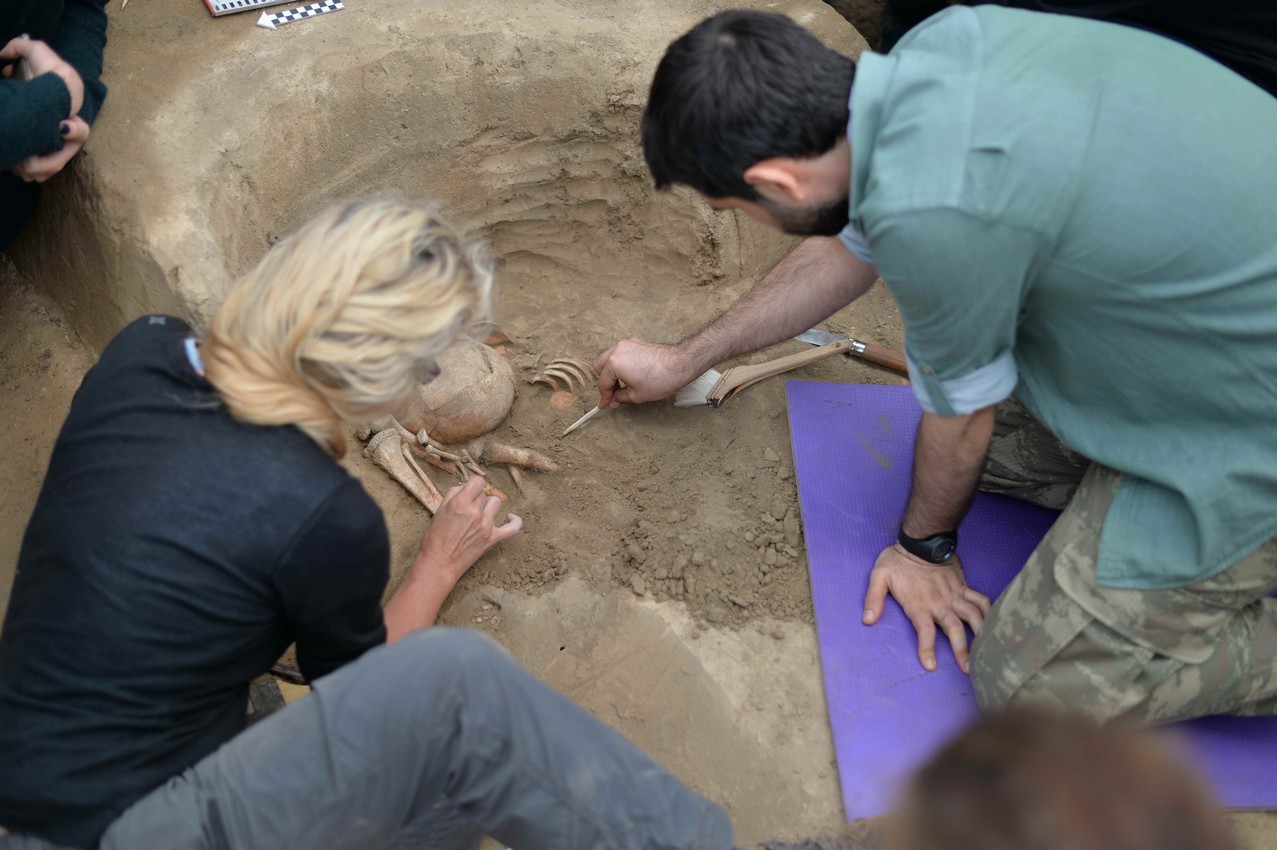The archaeologists of Irkutsk State University are studying the ancient mankind history by analyzing and interpreting findings discovered in Baikal Siberia region. The scientists can tell about the trends of the ancient community evolution in this huge region, or, for instance, they can state that the territory of the Angara region is likely to have been a transit territory. Successful research activities have resuted in the creation of the research center — the Laboratory for Geoarchaeology of Baikal Siberia, accumulating great amount of data, the use of which is supposed to lead to obtaining world-class results in the field of analyzing the Stone Age of Northern Asia.
Since 2018, the research has been the part of the project «Baikal Siberia in the Stone Age: at the Crossroads of the Worlds» that got financial support from the Russian Federation Government and meets the goals and objectives of the National Project «Science». Ekaterina Lipnina, co-director of the project and the director of the ISU Baikal Region Research Center told about center’s work.
— We are creating the information system of thematic databases which will make it possible not only to accumulate information but also use it for scientific purposes. It can facilitate the work aimed at the creation of generalized models of the vital activity of ancient communities during the certain period of time. In our case, this is the Stone Age of Baikal Siberia. The construction of such models allows making correlations and drawing conclusions of the evolution trends of the Baikal region society. Moreover, our area is a kind of transit which includes many elements of European and Asian lines of development of the Stone Age communities. Various ancient cultures contacted, interacted and exchanged traditions on the territories near to Baikal. This is the specific feature of our project.
— The details processed during the work on the project also provide new knowledge — and it is a kind of discovery as well. The accumulated and unprocessed amount of information which is produced and will be produced, is very important. We need to register, retain and present it in a proper way.
In addition, the peculiarity of the project is its interdisciplinarity. The research unites specialists in the fields of archeology, ethnology, paleoecology, soil science, paleogeography, geology, programming, and etc. During their work scientists were able to find new archaeological sites and obtain knowledge about objects which had not been analyzed previously.
— For example, we have thoroughly studied and described the Kitoy bridge discovered by amateur archaeologists in the early 2000s. The object turned out to be quite original from the point of view of the geological situation. Moreover, I would like to mention the fact that the project allowed us to develop standards directly connected with the description of archaeological materials (stone and bone tools, ritual objects) and their subsequent entry into the information database.
The scientist also emphasized the role of young people who comprised half of the total number of scientists.
— The young generation is learning not only to fulfill project responsibilities, but also to present the obtained scientific results in quite serious publications. Moreover, now the state policy is entirely directed at training young specialists and researchers, who will provide continuity in the field of science.
The team of the Laboratory for Geoarchaeology of Baikal Siberia consists of specialists in the fields of archeology, ethnology, paleoecology, zooarchaeology, soil science, paleogeography, geology, information technology and programming: two Doctors of Science, twelve Candidates of Sciences, three post-graduate students and nine students .
Ksenia Krutikova, a second-year student of the Faculty of History, Archeology (ISU):
— I really like working in a large team and gaining experience from senior colleagues, but mostly I am attracted by excavations and expeditions which we conduct every summer. The experience is unusual: living in a tent, daily work on the excavation, obtaining a wide range of skills. They include writing the first scientific articles and obtaining skills in drawing, making photographs, writing reports and working with various computer programs. Many things have to be learnt quickly and in extreme conditions.
















